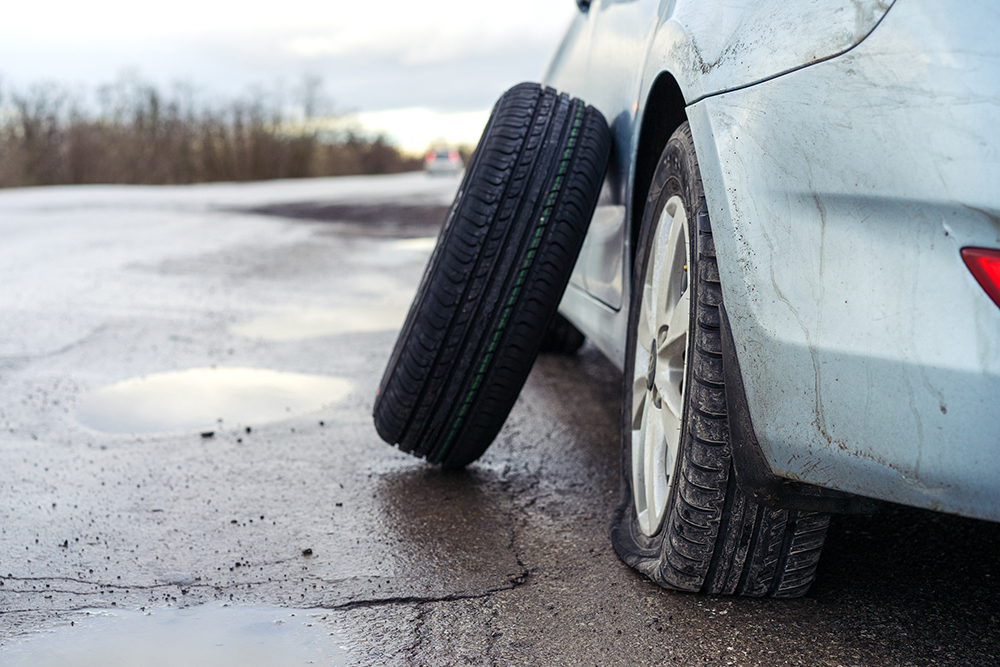4 Major Ways To Avoid Tire Drama During The Holidays

If you’re traveling during the holidays this year, one of the most productive ways to protect yourself and your family is to make certain that your tires are in a safe condition heading into fall and winter.
Getting the correct tire for your application is crucial. Because they're designed specifically to maintain superior traction and gripping capabilities in colder conditions, winter tires provide more control than all-season tires in situations involving snow, ice and low temperatures.
Here is a quartet of helpful directives courtesy of the National Highway Traffic Safety Administration. Follow these rather simple rules to help avoid one of the worst scenarios for any driver—a tire blow-out on a remote highway.
1. Check Your Tread: Tread depth always plays a vital role in determining your car’s safe stopping distance.
A tire with low tread will likely lead to a vehicle with a shorter stopping distance than a tire with appropriate tread depth. Checking your own tread depth involves inserting a penny upside-down in one of the grooves, and if President Lincoln's entire head is visible, it's time for you to replace some or all of your tires.
2. Ensure Proper Tire Pressure: The air inside of your tires supports the weight of your vehicle.
As outdoor temperatures drop in the fall and winter, so does your tire pressure. In fact, for each 10-degree drop in ambient temperature, your tires lose about one pound of pressure.
3. Rotate Your Tires Often: NHTSA’s standard recommendation is that tires should be rotated every six thousand miles, or earlier if irregular or uneven wear is evident.
4. Invest in Winter Tires: Starting at approximately 45-degrees Fahrenheit, your all-season tires will customarily start to lose traction and grip, which is why winter tires are always recommended for cold-weather driving.
As an essential safety feature, winter tires can deliver a 25-50% increase in traction over all-season tires, which could be the margin you need when braking to avoid trouble.
Other items to put on your safety checklist:
- Don’t forget to check your spare for air and tread depth.
- Inspect your tires for any damage or conditions that may require their replacement.
- Look at tread and sidewalls for cuts, punctures, bulges, scrapes, cracks or bumps. In case you see any damage, take your vehicle to a tire service professional for further inspection.
- If you plan to use snow tires, have them installed in the fall so you are prepared before it snows. Go to NHTSA Tire Info for tire ratings before buying new ones. Look for winter tires with the snowflake symbol.
- Replace tires that have uneven wear or insufficient tread. Tread should be at least 2/32 of an inch or greater on all tires.
- Check the age of each tire. Some vehicle manufacturers recommend that tires be replaced every six years regardless of use, but check your owner’s manual to find out.
- Keep a tire pressure gauge in your vehicle. Make sure each tire is filled to the manufacturer's recommended inflation level (typically located in the instruction manual and on the inside of the driver-side door).
- Rotate tires to prevent uneven wear and extend the life of your tire investment. One easy way to remember is to have your tires rotated every other time you have your oil changed.